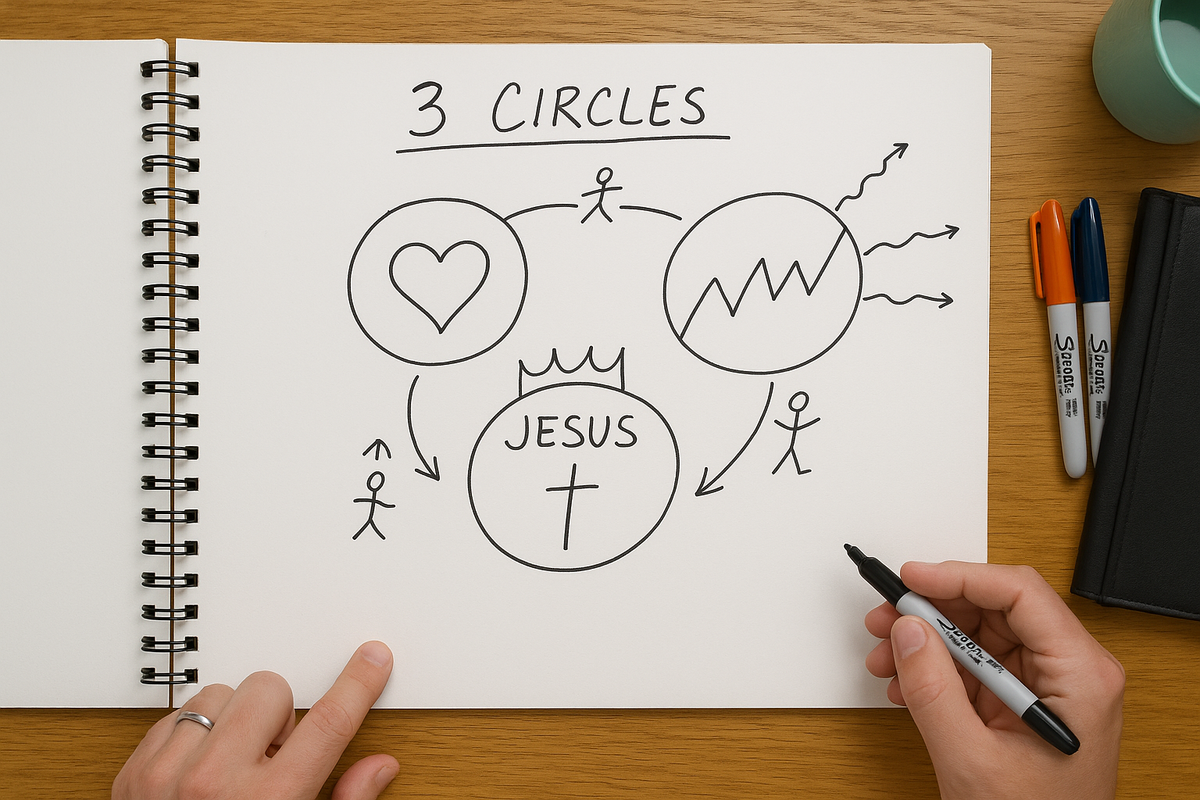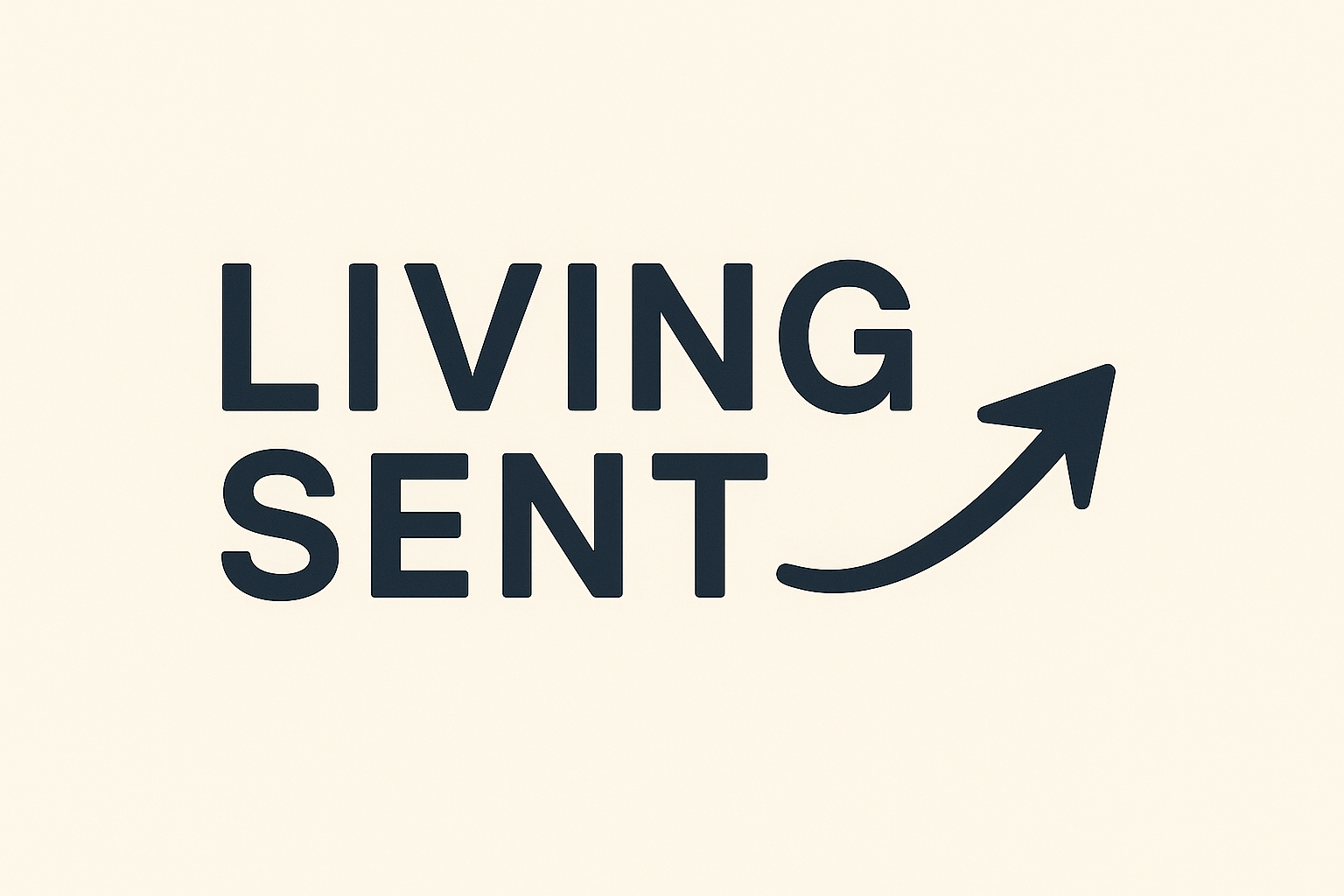From Sin Management to Shalom: Recovering the Full Gospel
The Gospel isn’t just about escaping hell. It’s about recovering wholeness. Here’s how the biblical story moves from brokenness to shalom — and where you fit.

“The thief comes only to steal and kill and destroy. I came that they may have life and have it abundantly.”
— John 10:10
For many of us, the “Gospel” we were taught went something like this:
You’re a sinner. Jesus died for your sins. If you accept Him, you’ll go to heaven when you die.
It’s not wrong — but it’s wildly incomplete.
That version of the Gospel tends to reduce the good news to little more than sin management and afterlife insurance. It’s all about escaping judgment, but says little about what we’re saved for. It deals with guilt, but leaves us in systems of injustice. It offers forgiveness, but doesn’t form us for mission.
The real Gospel — the full Gospel — is so much bigger, deeper, and better.
The Story is Bigger Than You Think
To recover the fullness of the Gospel, we need to place it back inside the larger story of God:
1. Creation – God made the world good.
In the beginning, everything existed in shalom — a state of wholeness, harmony, and flourishing between God, humanity, and creation.
2. Fall – Sin shattered that peace.
The fall didn’t just introduce guilt; it introduced disorder into everything: relationships, systems, bodies, and the earth itself.
3. Redemption – Jesus came to restore what was lost.
Through the cross and resurrection, Christ defeats sin, death, and injustice. This isn’t just personal — it’s cosmic. He’s redeeming all things (Colossians 1:19–20).
4. New Creation – God is making all things new.
The end of the story isn’t an escape to heaven — it’s heaven coming to earth (Revelation 21). We are citizens of that future, living it forward today.
Salvation Is More Than Forgiveness — It’s Restoration
The Hebrew idea of shalom is key here. Shalom doesn’t mean the absence of conflict; it means the presence of justice, healing, and peace in every direction.
When Jesus announced the Kingdom of God, He wasn’t offering just a private spiritual fix. He was inaugurating a new way of life — one where:
- the sick are healed,
- the poor are lifted,
- the outsider is welcomed,
- the guilty are forgiven,
- and the broken are restored.
This is the Gospel. It’s not just about our souls. It’s about whole people, whole communities, and a whole world reconciled to God.
Justice Is Not a Side Issue — It’s a Gospel Outcome
Too often, justice is treated like a political add-on — something "extra" that certain churches focus on. But if your Gospel doesn’t lead to justice, healing, or reconciliation, then it’s not the Gospel Jesus preached.
Isaiah 58. Luke 4. Micah 6. The early church in Acts. The abolitionists. The rescue missions. The freedom riders.
The Gospel is always breaking chains — personal and systemic.
A Tool to Visualize the Full Gospel: The Three Circles
If you’re looking for a simple way to explain the Gospel as more than just sin management, the Three Circles diagram is a great place to start.
It tells the story this way:
- God’s Design – We were made for wholeness, purpose, and relationship with God — what the Bible calls shalom.
- Brokenness – Sin shattered God’s design and left the world broken. We try to escape it through success, relationships, distractions, or religion, but nothing works.
- The Gospel – Jesus came to restore what was broken. Through His death and resurrection, we can be forgiven and begin to recover and pursue God’s design again.
🌀 The goal isn’t just escape — it’s restoration. That’s what salvation truly means.
📘 Recommended Resource:
Step-by-Step: The Three Circles Gospel Presentation
You can draw this out on a napkin or sketchbook. It’s simple, memorable, and powerful.
Why This Matters for Living Sent
When we reduce the Gospel to sin management, we shrink our mission.
But when we recover the Gospel as the restoration of all things, we step into the shalom-carrying, justice-seeking, people-healing, disciple-making movement Jesus intended.
The Gospel doesn’t just forgive you.
It forms you into someone who heals others.
That’s the mission.
That’s why Living Sent matters.
👣 Reflection Questions
- What version of the Gospel did you inherit?
- Where are you seeing brokenness that the Gospel could restore?
- How might your own witness expand if you embraced the fullness of the Gospel?
